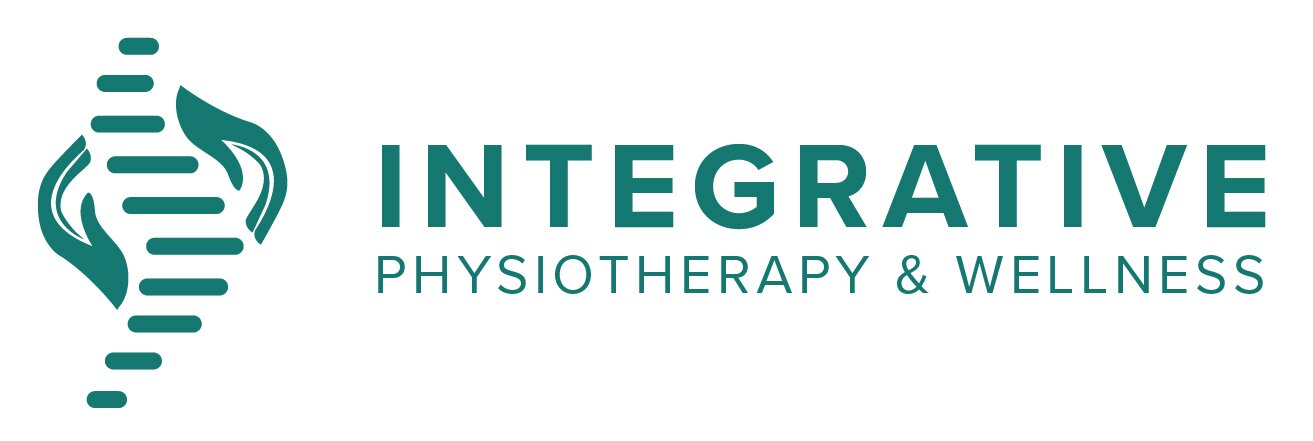Manage Your Rounded Shoulders’ Posture And Scoliosis With Pilates
What is Pilates:
In the early 20th century, Pilates was developed by Joseph Pilates. He started this as a method of injury recovery for dancers. Pilates is a form of exercise and body conditioning.
Clinical Pilates differs from regular Pilates in many ways. Clinical Pilates is made up specifically for rehab settings, goals behind that are injury prevention, pain management, personalized rehabilitation and many more.
Unlike regular Pilates, clinical Pilates is conducted by health professionals like Physiotherapists. Clinical Pilates exercises are adapted from traditional Pilates with the input of evidence-based knowledge of Physiotherapy. Those are created specific for individuals’ needs, which makes it ideal for people recovering from surgery, chronic conditions or injuries.
Rounded shoulders (Kyphosis):
Exaggerating convexity in the thoracic spine is known as Kyphosis. It is characterized by rounded shoulders, hump in the upper back and forward-tilted head. In some cases, It might be the compensation of excessive concave curve in the lumbar spine too.
The causes of this posture can include Prolonged slouching posture, Weakness in thoracic spinal muscles (Upper back), Congenital (Birth defects), Osteoporosis, Spinal arthritis, Spinal fractures, Polio, Cerebral palsy.
Manage this posture with Pilates:
Initial stage of this postural deformity is curable with personalized protocol. With chronic postures, Pilates can help to reduce the severity of the condition and manage the pain/discomfort symptoms, if there are any.
Thoracic extension: Kyphotic posture limits extension mobility in thoracic spine. With Pilates exercises such as chest expansion, scapular retraction, we can promote better mobility. This population also lacks strength in thoracic musculature, which can be gained by exercises like swan, shoulder bridge and breaststroke.
Core strength: Deep core muscles like, Transverse abdominis and Erector spinae support our core to stay upright. The hundred, Leg circles, Roll-up and double leg stretch are major ones helping our core to strengthen.
Scoliosis:
Misalignment of the shoulders and hips can be caused by an excessive sideward deviation of the spine. This deformity is known as scoliosis. This curvature can be present either in the thoracic and lumbar spine or in any one region. In severe cases, this curvature can alter the body's cavity and push organs out of the position, sometimes resulting in nerve compressions too.
Primary causes of scoliosis: congenital (birth defects), degenerative changes in vertebrae, muscles, ligaments, functional deformities like, muscle imbalance, leg length discrepancy, neuromuscular conditions like, cerebral palsy, spina bifida, spinal cord injuries
Manage this posture with Pilates:
We can not cure or fix Scoliosis with Pilates, unless its at very early stages. Though we can help to manage the condition by reducing pain, slowing down the progression, improving spinal mobility and posture.
Breathing: Due to muscle imbalance and abnormal spinal curves, people with scoliosis have reduced chest expansion as well as ribcage mobility. Lateral breathing techniques from Pilates can help to reinforce chest expansion and rib cage movements by activating muscles and joint movements.
Muscle balance: Scoliosis’ key feature is muscle imbalance and asymmetry on both sides. Pilates has unilateral exercises, which is a key treatment for scoliosis. Side leg series, single arm work and many more like those aids to strengthen the weaker side of muscles.
"Transform Your Posture and Relieve Discomfort: Unlock the Power of Pilates for Scoliosis & Kyphosis!"
Not only Kyphosis and scoliosis, but Pilates is also a great option for people with any kind of postural deformities. It is a gentle yet effective approach to strengthening muscles, improving posture, easing pain, and boosting mobility.
If you are considering starting Clinical Pilates, from one of our physiotherapists, a thorough assessment to understand your ongoing condition, restrictions and goals is needed. Based on the assessment outcomes, personalized plans will be created for you.
Few times a year, our clinic offers a free clinical Pilates session for new patients. To find out more about that, please contact or visit our clinic.
References:
https://artofcontrol.com/how-pilates-can-treat-thoracic-hyperkyphosis-also-known-as-rounded-back/
Heritage Hospitals. (n.d.). Postural deformities. Heritage Hospitals. Retrieved March 6, 2025, from https://heritagehospitals.com/blog/postural-deformities/

